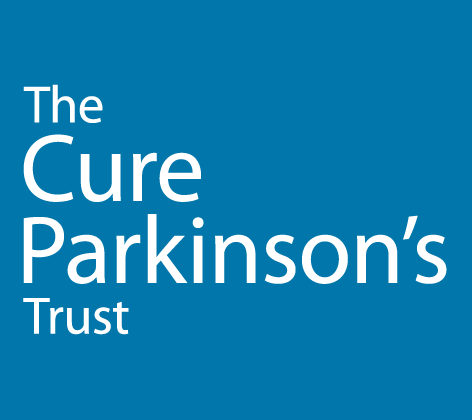Urate levels and caffeine associated with lower risk for Parkinson’s
Original articles: Bakshi, R., Macklin, E. A., Hung, A. Y., Hayes, M. T., Hyman, B. T., Wills, A. M., . . . Schwarzschild, M. A. (2020). Associations of Lower Caffeine Intake and Plasma Urate Levels with Idiopathic Parkinson’s Disease in the Harvard Biomarkers Study. J Parkinsons Dis, 10(2), 505-510. doi:10.3233/JPD-191882
https://content.iospress.com/articles/journal-of-parkinsons-disease/jpd191882
3 April 2020
The takeaway
The Harvard Biomarkers Study has found that people who consume more caffeine and have higher urate levels are less likely to have Parkinson’s.
Why is it important?
These findings strengthen the rationale for considering the role of urate and caffeine consumption in people with Parkinson’s who enroll in clinical trials.
Background
Longitudinal cohort studies track the evolution of Parkinson’s in a large number of people over time. They allow for the measurement and potential discovery of biomarkers, which are molecules or biological variables (eg., blood pressure), that may allow us to monitor a disease or a response to a drug. The Harvard Biomarkers Study (HBS) is one such study, targeting early stage Parkinson’s.
Previous research has found that higher urate levels are linked to a lower risk for Parkinson’s. Although the SURE-PD3 trial, which investigated whether increasing urate could be neuroprotective, found no benefits, it may still be valuable to follow up on the role of urate in Parkinson’s. The team also focused on caffeine in this study, as higher consumption has been previously linked to lower risk.
The details
Data from 369 people with Parkinson’s and 197 healthy controls were analysed in this study. Urate levels were measured on the first study visit, and caffeine consumption was documented using a questionnaire that asked about the intake of caffeinated beverages.
Given previous findings of potential gender differences, analyses looked at these effects in both men and women. Both urate and caffeine consumption were associated with a lower risk for PD, once the effects of age, body mass index (BMI), and either urate level or caffeine consumption, respectively were factored out.
Next steps
The biological significance of both substances requires further investigation and may be understood if incorporated into the analyses of future neuroprotective trials.
Bakshi, R., Macklin, E. A., Hung, A. Y., Hayes, M. T., Hyman, B. T., Wills, A. M., . . . Schwarzschild, M. A. (2020). Associations of Lower Caffeine Intake and Plasma Urate Levels with Idiopathic Parkinson’s Disease in the Harvard Biomarkers Study. J Parkinsons Dis, 10(2), 505-510. doi:10.3233/JPD-191882




